It’s the ultimate conundrum—the dazzling dichotomy of pave and solitaire rings. As you search for the perfect symbol of love and commitment, carefully contemplate the advantages and drawbacks of each style. A single diamond or a larger ensemble, which will be the token of your undying devotion?
Centering on the diamond, the shank of your ring can help to give it a truly unique appeal. Solitaire and pavè are two beloved types of settings you can choose from. Whilst the solitaire setting forgoes any diamonds along the band to emphasize the main stone, pavè settings have small diamonds set onto the shank and secured with metal beads or claws, resulting in dazzling shine. Let’s break down these two choices so you can find the setting that best suits your diamond ring.
Table of Contents
Also Read: Claw Prongs vs. Round Prongs
Solitaire vs Pave Setting: Overview
Solitaire Setting
For the classic romantics, a solitaire setting is an ideal choice for their engagement ring. Showcasing only one diamond or gemstone in a minimalist yet sophisticated setting, it allows the center stone to take the spotlight and shine unfettered. Explore a selection of captivating metals—platinum, white gold, yellow gold, and rose gold—to discover the ideal match for your taste.
The classic solitaire setting remains the go-to for engagement rings, its simple design allowing the spotlight to remain on the diamond. Held in place with three to six prongs, this timeless style maximizes light performance while providing a secure fit.
Pros:
- Timeless and classic design that never goes out of style.
- Highlights the beauty of the center stone.
- Versatile and can be paired with different wedding bands.
- Can accommodate a variety of diamond shapes, sizes, and cuts.
- Simple and understated elegance.
Cons:
- May lack the intricate detail and embellishments of other settings.
- Less coverage and sparkle compared to pave or halo settings.
- More emphasis on the center stone, which means it needs to be of high quality and visually appealing.
Pave Setting
Enchanting and lavish, the pave setting is a timeless choice for jewelry that exudes glamour. Small diamonds are closely placed together with silver prongs or beads to create an alluring effect of shimmering diamonds stretching across the piece. The word “pave” originates from the French phrase for ‘pavement’ because the diamonds seem to pave the jewelry’s surface. Perfect for rings, bracelets, and pendants alike, the pave setting has been captivating admirers for centuries.
Pros:
- Sparkling and glamorous appearance: The closely set diamonds in a pave setting create a dazzling and eye-catching look.
- Enhances the appearance of the center stone: When used in combination with a larger center stone, the pave setting can enhance its brilliance and create a stunning overall effect.
- Versatility: The pave setting can be used in various jewelry pieces, including rings, earrings, bracelets, and pendants.
- Allows for customization: The small size of the diamonds in a pave setting allows for intricate and detailed designs, making it a great choice for personalized jewelry.
Cons:
- Prone to damage: The small diamonds in a pave setting are more vulnerable to chips and loss, as they are only held in place by tiny prongs or beads.
- Difficult to clean: The closely set diamonds can make it challenging to clean the jewelry piece thoroughly, as dirt and debris can be trapped between them.
- Requires regular maintenance: Due to the potential for diamond loss or damage, a pave-set piece may require more frequent maintenance and prong tightening to ensure the diamonds remain secure.
Solitaire vs Pave Setting: Differences
Prominence
When it comes to making the most of your center diamond, there’s nothing quite like a solitaire setting. Ensuring that the diamond is perched above the band will maximize its light, and enhance its sparkle and brilliance – eliminating any risk of it getting lost amongst other details.
On the flip side, for larger diamonds, a pavè setting may not be ideal due to the presence of numerous pavè diamonds which could draw attention away from the main gem. If you’re looking to make sure the center diamond stands out, then a solitaire setting with an elevated placement is the perfect choice.
Brilliance
A dazzling display of white light radiates across facets, captivating all who behold it. But even a ring with a grand center diamond may disappoint if its cut does not provide the necessary light performance. That’s where pavè settings come in. They add additional facets to reflect light, creating a magical effect where your entire ring sparkles, not just the main diamond. This illusion also makes the center diamond look larger.
If you’re on a budget and have to settle for an average cut grade, pavè diamonds are your answer; elevating light performance and making up for any lack of brilliance from the main stone. Moreover, if you’ve chosen a step-cut diamond such as emerald or Asscher, that exhibits more of a soft glow than intense brilliance, pavè diamonds will bring about a captivating brilliance and transform it into a dazzling masterpiece.
Price
When it comes to bling, pavè settings tend to cost more than solitaires due to the extra diamonds decorating its shank and additional effort put into crafting them. Adopting a minimalist approach, solitaires simplify production and keep prices low.
However, pavès are an elegant way to increase carat weight without having to purchase an expensive center diamond – often boosting the total carat weight of the ring with 0.1-0.2 carats for just a small price bump. So if you’re looking for classic glam with an affordable price tag, consider a solitaire setting.
Maintenance
For a ring you can enjoy with minimal care and effort, a solitaire setting is the ideal choice. Its simple design and lack of multiple diamonds reduces the chances of damage or debris accumulating, while also making resizing easier. For added protection, opt for sturdy metal options such as prongs or bezels. In case of cleaning needs, simply place the ring in warm water with mild dishwashing soap and brush lightly before air drying or using a soft cloth.
On the other hand, pavè settings may require more caution due to their higher maintenance demands and intricate diamond structures. To ensure long-lasting beauty and peace of mind, make sure you’ve got the right size when deliberating upon your pavè engagement ring.
Options
When it comes to creating a personalized, unique ring, pavè settings are second-to-none. Boasting a wide array of options, such as French pavè or petite pavè, and a multitude of metal and setting styles, you can construct a ring that brings your vision into reality. Enjoy the classic elegance of a double claw prong setting or explore the intricacies of fishtail V-prongs. Pavè settings give you the freedom to craft an exquisite piece of jewelry that reflects your personality and style.
Deciding Between Solitaire and Pavé
When selecting between a pavè and solitaire setting for an engagement ring or other jewelry piece, understanding each style’s particular features can help you make a decision. Both are popular choices, so consider these points to guide you in choosing the ideal setting:
Opt for a solitaire style if you desire to exalt the center diamond, secure savings to invest in a higher quality diamond, or enjoy the minimalist design it brings.
Alternatively, choose a pavè setting if you seek sparkle throughout, wish for more carat weight in your ring, or want to mask an underwhelming center stone with pavè diamonds.
By experimenting with different diamond combinations and settings, uncovering the perfect match for your personal tastes is possible. Find the setting that celebrates your unique journey and captures the essence of your special moments.
FAQs:
Can pave settings be resized easily?
Resizing a pave setting requires the expertise of a specialized jeweler, given its delicate structure and minute diamonds.
Can I add more diamonds to a solitaire setting in the future?
For those seeking to express their own unique style, solitaire settings can be customized with extra diamonds through the addition of side stones, diamond bands, or enhancers.
Can I find solitaire and pave settings in different metals?
Yes. Unlock an endless world of possibilities with solitaire and pave settings, crafted from a mix of exquisite metals such as white gold, yellow gold, rose gold, and platinum.
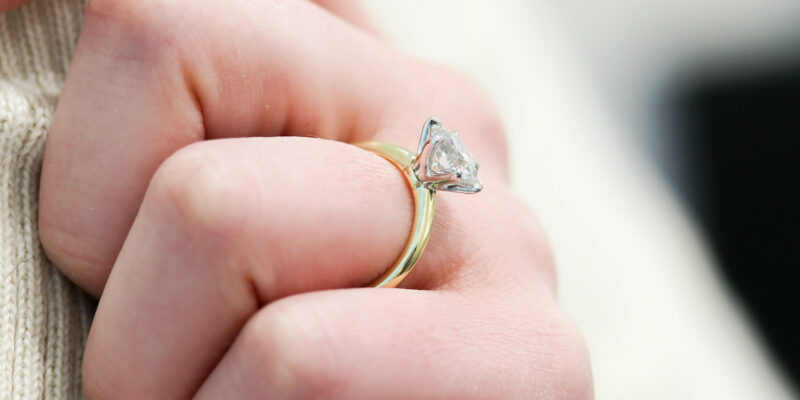

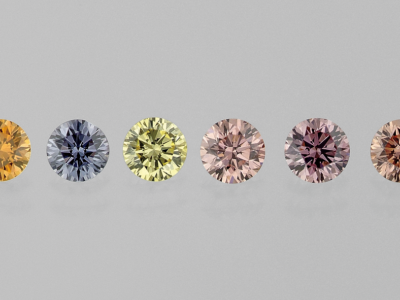
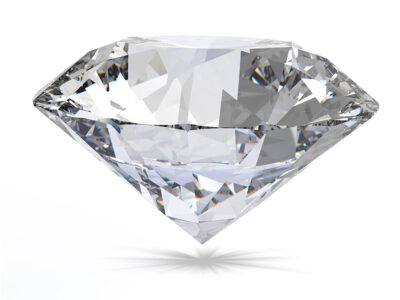

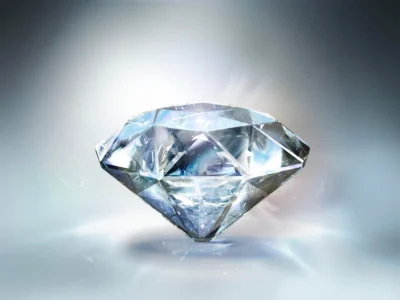
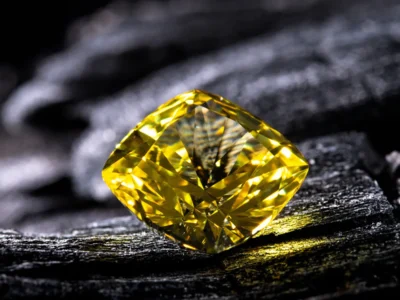
Comments